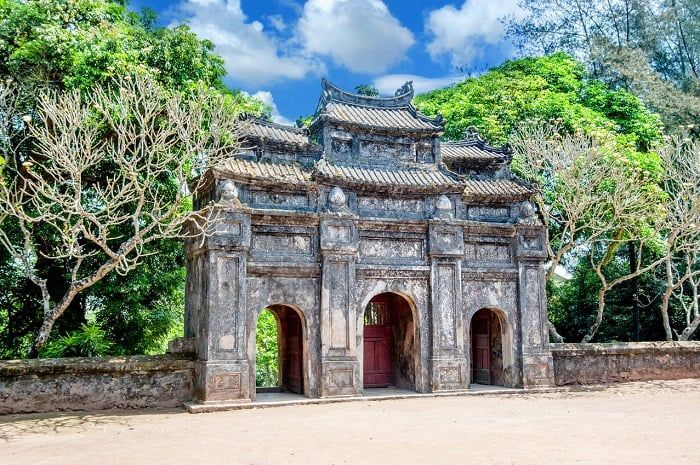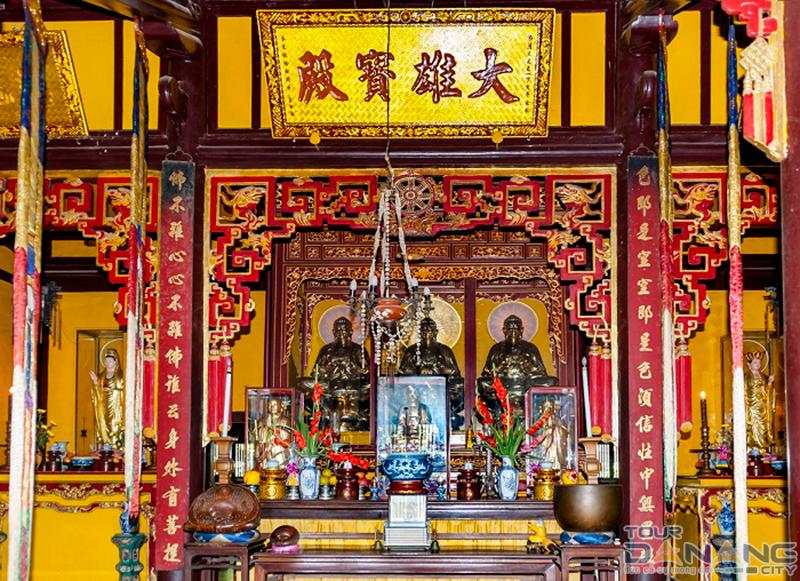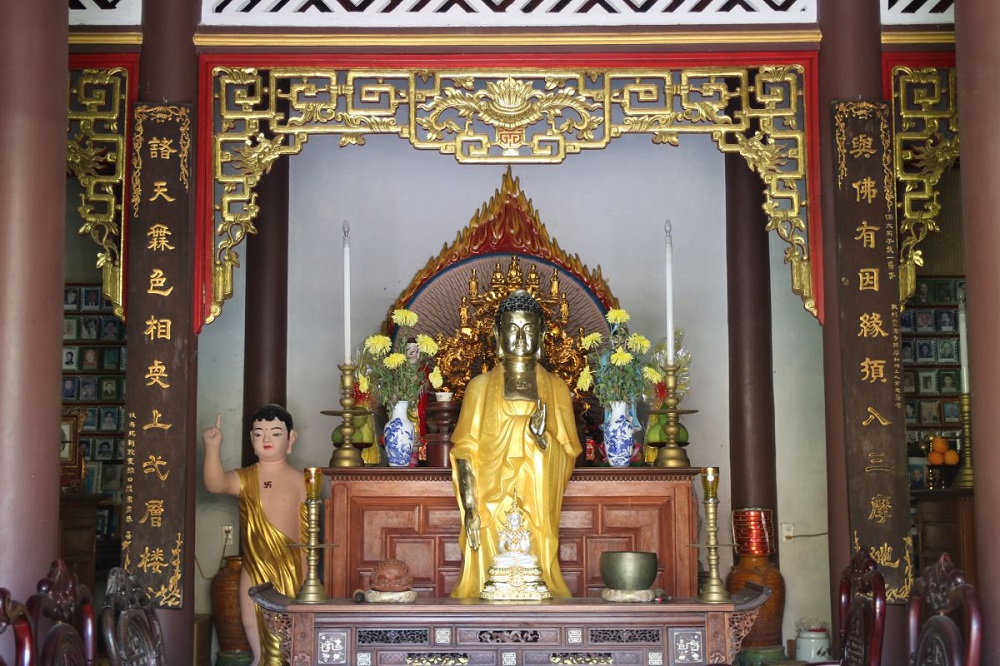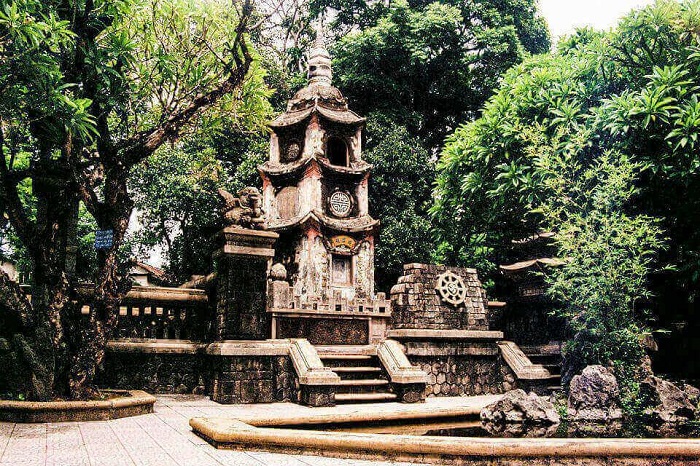Bao Quoc Pagoda
1. Overview
Chùa Báo Quốc (Báo Quốc Pagoda) is one of the most venerable and historically significant Buddhist temples in Hue, Vietnam. Nestled on Ham Long Hill in Phường Phường Đúc, just a short distance from the city center, this temple is known for its majestic architecture, rich history, and role in Buddhist education. It has long been a spiritual hub for both monks and laypeople and continues to be a prominent site for worship and pilgrimage.
2. Historical Background
Chùa Báo Quốc was originally built in the 17th century, during the reign of the Nguyễn Lords, under the name Hàm Long Sơn Thiên Thọ Tự. In 1747, Lord Nguyễn Phúc Khoát renamed it “Báo Quốc Tự” to commemorate the merit of Buddhism in protecting the nation (“Báo Quốc” means “repaying the country”).
The pagoda underwent major renovations in the 19th century, particularly under the Nguyễn Dynasty emperors like Gia Long and Minh Mạng, who contributed to the expansion and beautification of the temple. Over time, it became a vital center for Buddhist studies and monastic training in central Vietnam.
3. Architectural Features
Báo Quốc Pagoda reflects the traditional architecture of Vietnamese temples, harmonizing elegance and spiritual symbolism. Key architectural elements include:
-
Tam Quan Gate: The grand three-entrance gate marks the solemn threshold to the sacred space of the temple. It is decorated with dragons, phoenixes, and lotuses, symbolizing purity and enlightenment.
-
Main Hall (Chánh Điện): This is the central area of worship, where the main Buddha statues are enshrined, including Sakyamuni Buddha, Amitabha, and Avalokiteshvara (Quan Âm). The space is adorned with intricate wooden carvings and ceremonial objects.
-
Stupas and Ancestral Towers: On the temple grounds are several ancient stupas, including those built to honor prominent abbots and monks. These are historical and spiritual landmarks.
-
School for Buddhist Studies: Within the temple complex is a Buddhist academy, founded in the 1930s, making Báo Quốc a center of Buddhist education in Vietnam. Many high-ranking monks and scholars have studied here.
-
Peaceful Gardens: The pagoda is surrounded by lush greenery, old trees, and bonsai gardens that create a tranquil environment ideal for contemplation and meditation.
4. Cultural and Religious Importance
Chùa Báo Quốc is not only a spiritual site but also a cradle of Vietnamese Buddhist education and culture:
-
🧘 Spiritual Center: The pagoda continues to serve as a place for daily worship, prayers, and religious retreats for both monastics and lay followers.
-
📚 Education and Training: The Buddhist Studies School here has trained generations of monks, many of whom have become respected abbots and scholars in Vietnam and abroad.
-
🎉 Buddhist Celebrations: Major Buddhist events such as Vesak (Buddha’s Birthday), Vu Lan (Ghost Festival), and Tet (Lunar New Year) are celebrated here with large gatherings, chanting, and offerings.
-
🏯 Historical Symbol: As a temple supported by the Nguyễn Dynasty, Báo Quốc has historical value and is considered a living monument of Hue’s royal Buddhist tradition.
5. Visiting Information
-
Location: 3 Le Ngo Cat Street, Phường Phường Đúc, Huế City, Vietnam
-
Opening Hours: Daily from morning until late afternoon
-
Entrance Fee: Free (donations are appreciated)
-
How to Get There: Easily accessible by taxi, motorbike, or bicycle from Hue’s city center (approximately 2 km away)
-
Best For: Pilgrims, history lovers, cultural travelers, Buddhist practitioners, and architecture enthusiasts
6. Conclusion
Báo Quốc Pagoda is a place where Vietnamese spiritual tradition, royal history, and Buddhist scholarship converge. With its timeless architecture, peaceful setting, and enduring legacy in education and worship, the pagoda remains one of Hue’s most treasured cultural landmarks. For those seeking a deeper understanding of Vietnam’s Buddhist roots or a moment of peace amidst ancient surroundings, Chùa Báo Quốc is a truly meaningful destination.





